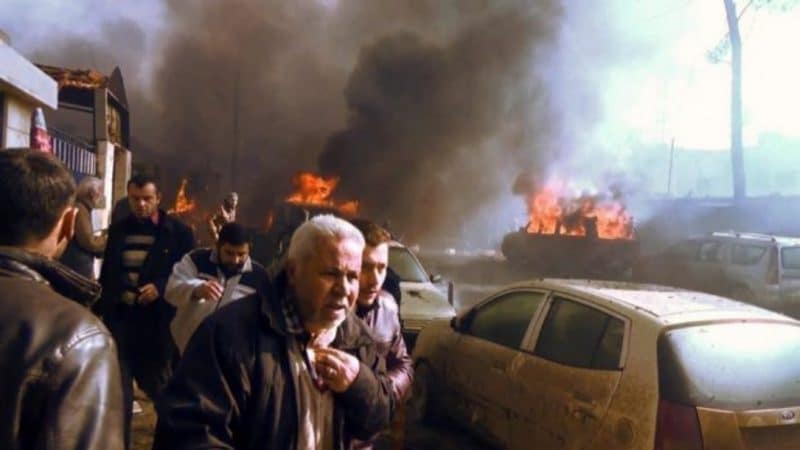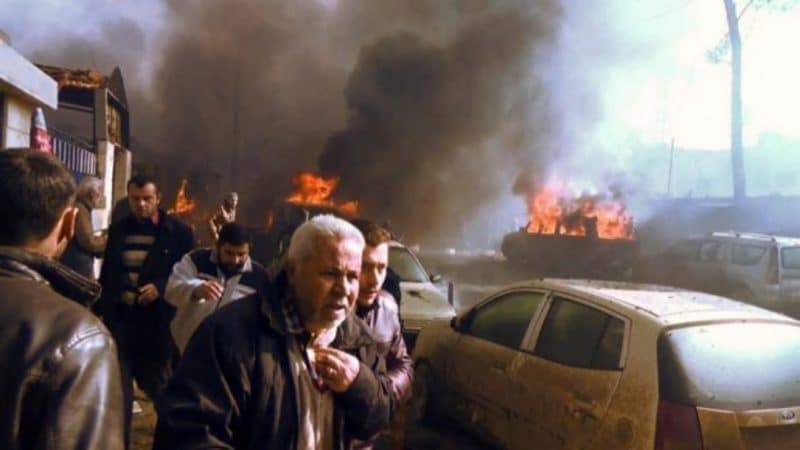In my opinion, Putin and Lavrov are even more clever than I had thought. The Astana process proposal for “de-escalation zones” in Syria has something for everyone:
1. The SAG will receive yet more advice and assistance from Russia. As evidence of this R+6 forces are assembling in the eastern Homs Province area for a massive drive to liberate Deir al-Zor. The Tiger Forces and 5th Corps of the SAA seem to be poised to spearhead this drive. This effort, evidently to be conducted with full Russian air and advisory support is not indicative of Russia having “thrown in the towel” and washed its hands of the fate of the present Syrian government.
2. At the same time a glance at the placement of the proposed “de-escalation zones” shows that these are all jihadi dominated areas under the protection and support of foreign sponsors; Saudi Arabia, Israel, Turkey, the smaller Gulfies and probably still the US. The supposed creation of these jihadi Bantustans will please the sponsors but it should not.
3. Why? The very AQ descended or connected jihadi military forces in these areas are excluded from the terms and protection of “the deal.” This means that after the Deir al-Zor operation is ended the R+6 will be free to turn their attention to destroying terrorist jihadi forces in these enclaves.
4. IMO Putin wants to improve relations with the US. Trump will probably believe that this ploy is a genuine expression of good will rather than a clever maneuver. Look to see a follow on set of proposals for something like a UN supervised referendum in the Crimea on annexation and a proposal for a US/Russian mixed military commission to determine the actual state of affairs in the Donbas and eastern Ukraine generally.
Reprinted with permission from Sic Semper Tyrannis.


